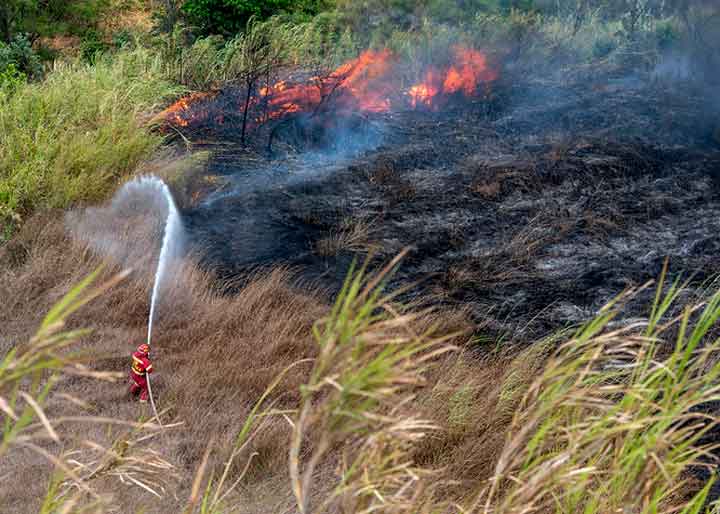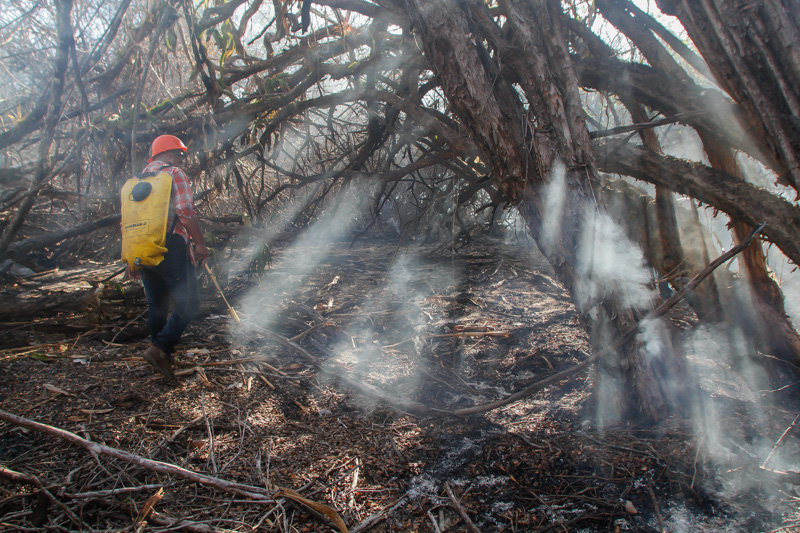An official start of the fire season
The National Council for Disaster Reduction (CONRED), of Guatemala, published a note in which the start of the 2020-21 fire season was made official. With the end of the rains, the Guatemalan alert system activates the protocols for the prevention and mitigation of forest fires that can occur in any part of the territory. All this is done in coordination with local, municipal and departmental authorities.
“The season is gradually established in the country, begins in the Southwest region of the country, then in the Central area and ends in the North, in the department of Petén. The CONRED, as part of the preparedness actions, in October transferred to the authorities of Petén, Jalapa and Quiché, the maps of the areas with the highest recurrence of forest fires, for the corresponding monitoring ”, says the statement issued by the entity.
According to a study published in 2019 by the Geographic Information and Remote Sensing System of the Universidad Del Valle de Guatemala, by 2016 it was estimated that the country had a forest cover of more than 3.5 million hectares (ha), of which almost half are located in Petén. In that year, it was reported that 8,386 ha were lost as a result of forest fires, and in 2020 that figure reached more than 5,000 ha consumed by the fire.
CONRED reported that throughout the country there are “150 forest firefighters who are prepared to fight fires” to protect the more than 3 million hectares of Guatemalan forest.
“During the previous season (November 2019 to June 2020), the CONRED System fought 1,397 fires in both forest areas (1,009) and non-forest areas (388). The departments where the most fires were fought are: Guatemala with 307, Petén with 252, Quiché with 143 and in Jalapa 123 fires fought ”.
Record season

The fire season in Guatemala is often devastating, in part due to its understaffed staff. Photo: CONRED
The Copernicus Atmospheric Surveillance Service (CAMS) reported that 2020 was the year in which the least amount of forest fires were recorded since 2003, the year in which monitoring began. However, this reading is relative, since although there were regions that decreased their activity, there were others in which the fire hit the coverage in a brutal way.
One of these regions is Central America, where carbon dioxide (CO2) emissions were “clearly” above the average for the period 2003-2019. “In 2020, CAMS estimated that 2.5 megatons of carbon generated by the fires in Honduras were emitted into the atmosphere, a level that exceeds that of any other year since 2003. Belize and the Yucatan Peninsula also generated carbon emissions higher than the average for the period 2003-2019 ”.
